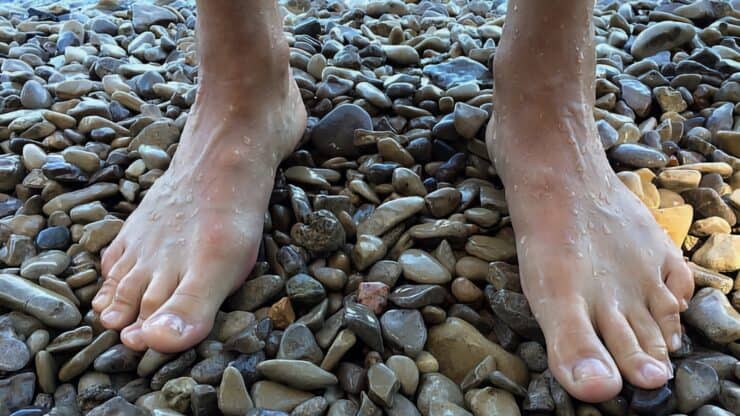

How To Prevent Hiking Blisters
Blisters are probably the most common hiking injury out there, and I've suffered from them many times myself. If you want to prevent hiking blisters, try these insider tricks and tips that I've picked up over the years. I haven't had a blister since. To cut to the chase, you get blisters from chafing, heat, and moisture. Any or all of these factors can work together to cause blisters. All of these blister prevention tips are aimed at avoiding those conditions.
- Insider Tips to Prevent Hiking Blisters
- Treating Hiking Blisters
- Best Hiking Boots & Socks for Hiking Blisters
Blisters are probably the most common hiking injury out there, and I've suffered from them many times myself. If you want to prevent hiking blisters, try these insider tricks and tips that I've picked up over the years. I haven't had a blister since. To cut to the chase, you get blisters from chafing, heat, and moisture. Any or all of these factors can work together to cause blisters. All of these blister prevention tips are aimed at avoiding those conditions.
How To Prevent Hiking Blisters
There are a few steps you can take to prevent blisters when hiking that I'll cover in detail here.
- Don't skimp on the socks.
- Try a sock liner and foot powder.
- Wear the right hiking boots that protect and keep your feet dry.
- Keep debris out of your hiking boots with low gaiters.
Wear Well-Designed Hiking Socks
Your socks should protect your feet from the inside of the boot and should help prevent blisters (by preventing friction). Good hiking socks will wick moisture, fit snug, dry quickly, and have hidden seams. Opt for socks which are made from soft material like merino or smart wool. A good hiking sock will have extra cushioning in the areas where you're prone to hot spots.
Hot spots are the red and tender areas on the skin which appear before the formation of blisters, and they tend to occur on pressure and chafe points between your foot and the boot. The extra cushioning on a good sock will help prevent the formation of these hot spots.
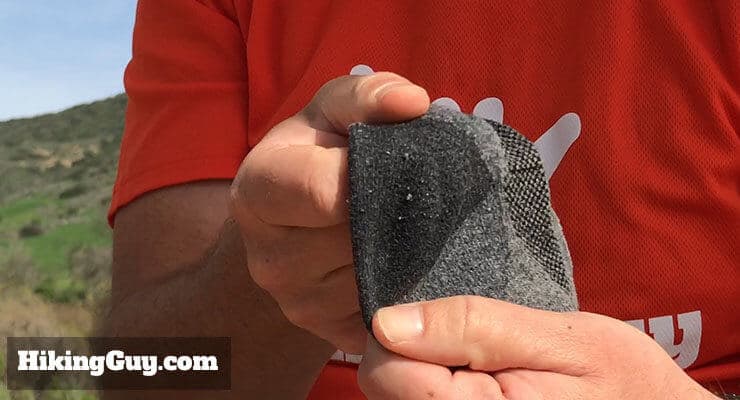
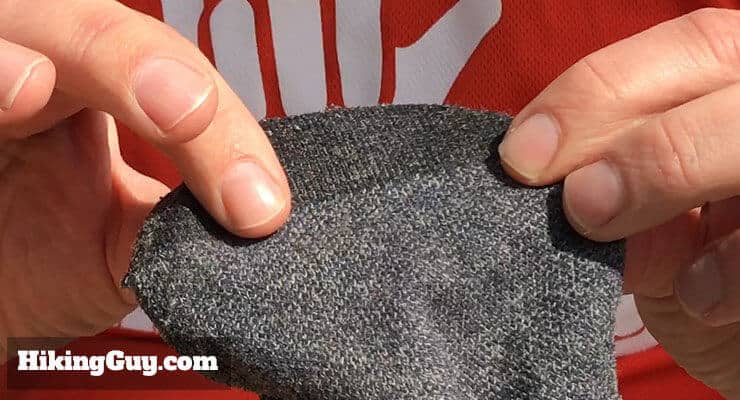
"Try and keep your feet dry when we're out humpin'. I want you boys to remember to change your socks wherever we stop." - Sergeant Dan to Forest Gump
If your feet sweat a lot and you're doing a long hike, it's not unheard of to bring another pair of socks to change into. Again, good socks will wick moisture off your foot and to the top of the sock.
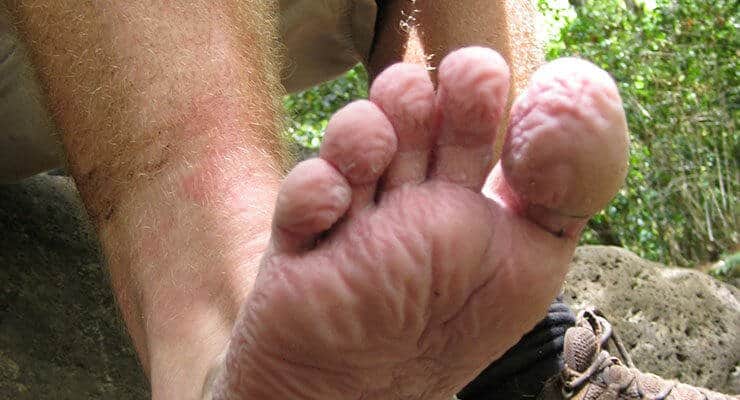
I highly recommend Darn Tough socks, which are made by hikers, for hikers, and have a lifetime guarantee. They have also have versions for running, walking, and everyday use.
Insider Tip: Try A Sock Liner and Foot Powder
Since I started doing this insider trick, I've never had a blister. Ever. I've hiked miles more than I should of and this hack has kept my feet in good shape.
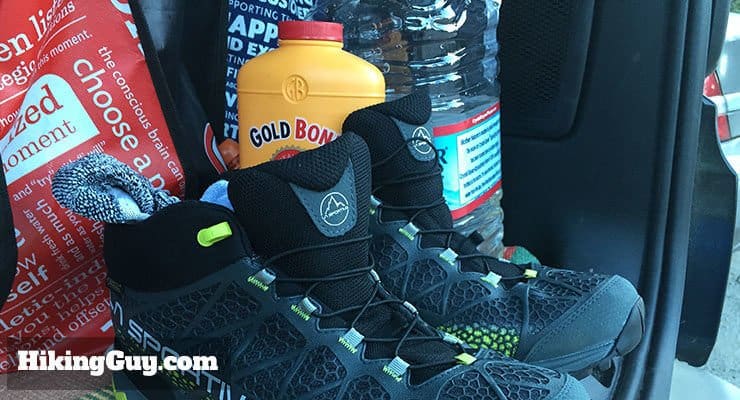
To start, liberally cover your feet in the Gold Bond Powder. It's a white chalky powder that will help reduce friction.
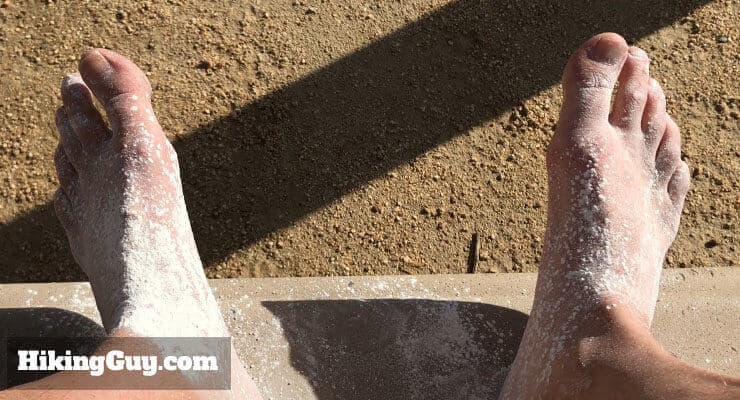
An alternative to the dry powder is petroleum jelly. Just slather it on over your toes and heels. I've found that the powder is a little less messy.
Second, put on a pair of Injinji Liner socks. These are gloves for your feet, with each toe covered in material. They're thin, wick moisture, and prevent friction.
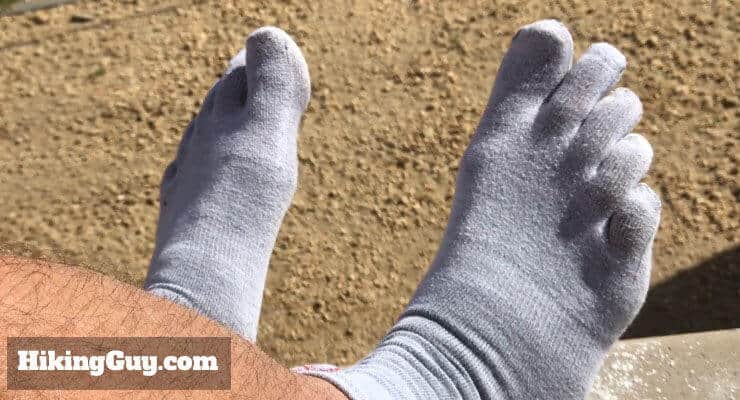
Then put your normal hiking socks on. Pick the weight based on how much warmth you need.

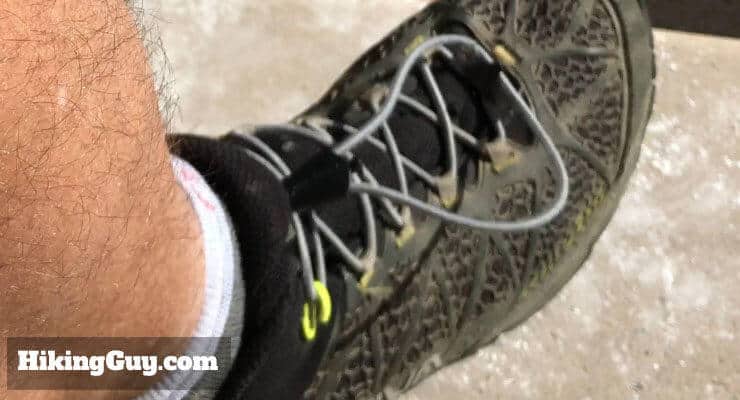
The Best Hiking Boots To Prevent Blisters
While there are purists who love the old-school leather hiking boots, more and more hikers these days are switching to modern hiking boots that don't require any break-in period and fit like trail runners. In fact, it's pretty common to see hikers doing massive mileage on the Appalachian or Pacific Crest Trails wearing trail runners or even sneakers.
Everyone has different types of feet, and some boots will fit better than others. You should read online reviews with high ratings to see what people say is comfortable for them, and then go to an outdoors store and try them on. If you're ordering online, chose a retailer like REI where you can easily send the boots back.
When you do try on the hiking boots, wiggle your toes around and make sure they've got adequate space to move. If the toe box seems too snug, consider getting boots a half size larger; they will give your feet some room to swell, minimizing foot rub and ultimately preventing blisters. If you hike long days, it's not uncommon for your feet to swell afterwards. This is especially true if you hike at altitude.
You also want a boot that's waterproof yet breathable. If your feet sweat and the water can't escape, the wet socks can cause friction and blisters. Boots that are beefed up trail running shoes are usually a good choice because they'll fit like a sneaker.

If you do buy (hard) leather boots, it's important to break them in before you try any long hike. Hard leather boots are notorious for causing hiking blisters when you first wear them. So wear them at home, around town, at work, and on some short hikes. This will help soften and stretch the boots. Or just get a boot that doesn't need a break-in period.
Insider Tip: Keep Debris Out of Your Boots
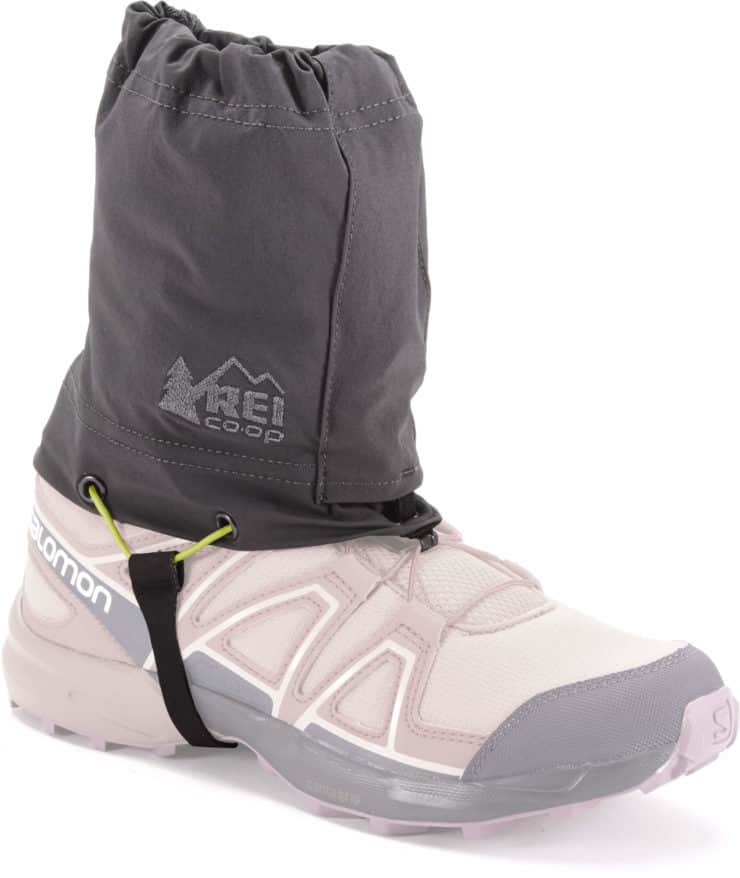
If sand, dirt, and debris get into your hiking boots, they can cause friction and then blisters. If you're hiking in an area with a lot of loose debris on the trail, opt for a low gaiter, which is made to seal off the top of your boot from crap.
If you do get debris in your boots, stop and shake it out whenever you can.
Build Up Mileage Gradually
This is common sense, but I'll mention it anyway. If you have a long hike and you don't want blisters, it's best to toughen your feet by building up your mileage gradually. Don't increase your mileage by more than 20% a week to let your feet get tough and used to long efforts on the trail.
If You're Prone To Blisters in Certain Areas
If it's common for you to get blisters in certain areas all the time, no matter what, there's an easy fix. Just cover the area with Leukotape. The tape will protect the skin and avoid forming a blister.
How To Care For Hiking Blisters
Okay, so let's say the worst happened and now you have blisters. Here's what to do to care for them.
- Be aggressive in treating hot spots.
- To pop or not to pop?
- How to treat the blister.
- End-of-hike blister care.
Deal With Hot Spots As Soon As You Notice Them
If you start feeling heat or discomfort on your foot, chances are a hot spot is starting to form, and you should stop immediately to deal with it and prevent a blister. Take your boot and sock off, and identify the area in distress.
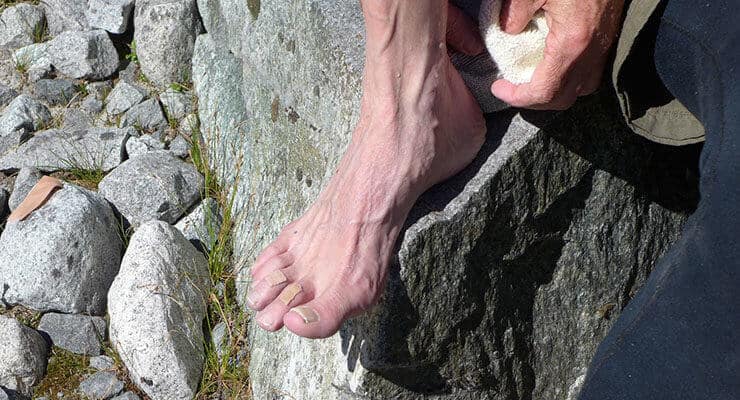
The crude yet effective way to deal with blisters or hot spots is with tape. Just put some tape over the area, put your sock and boot back on, and get going. Make sure that you cut the tape so none of the edges chafe other parts of your feet.
The type of tape you use is important. You can try bandages, moleskins, or athletic tape, but in my experience they don't last long. I've used duct tape, as have many others, but duct tape can rip some people's skin off. Lots of hikers carry a small roll of duct tape for gear repair, and if it's all you have, it'll work in a pinch. A better alternative is Leukotape, which is a breathable, sticky bandage that won't rip your skin off. If you're susceptible to blisters, bringing it with you on the trail is a good idea.
When to Pop a Blister
In general, you should not pop a blister. The fluid in a blister is there to protect the hot spot, and allows new skin to grow underneath. But when you're on the trail, the blister can get big, painful, and irritated. My rule of thumb is that if the blister looks like it's going to get bigger and pop on its own, then you pop it. Better to control the pop, treat it, and keep it safe and clean.
If you do pop the blister, try to do it with something sterile like a knife blade that you've sterilized over a flame. That's usually the best you can do in the backcountry.
Treating the Blister
First off, make sure you carry a small and inexpensive medical kit in your pack. Put some anti-bacterial ointment (like Neosporin) on a bandage on top of the blister, and then wrap tape on top of that. Just putting a bandage or moleskin on without tape will likely only last for a few minutes before it rubs off the area. Taping on top is crucial.
Some folks treat a popped blister by filling it with Super Glue, which effectively seals it and makes it zero maintenance. It also means you can't get at it again if it gets infected, so not a great option.
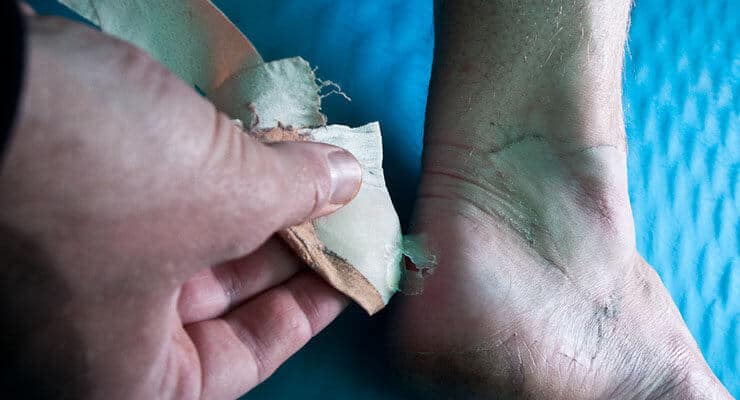
Let Your Feet Heal After the Hike
At the end of your hike, get your wet socks and boots off quickly. I slip on good quality flip flops, which let my feet air out. I might also douse them in Gold Bond Powder if they seem pretty moist. If I'm lounging, I'll also try and elevate my dogs. If you need to clean your feet off, some folks use baby wipes to wipe them down.
If you're stopping for a longer break (like lunch), taking your boots off and letting your feet air dry is also a great idea.
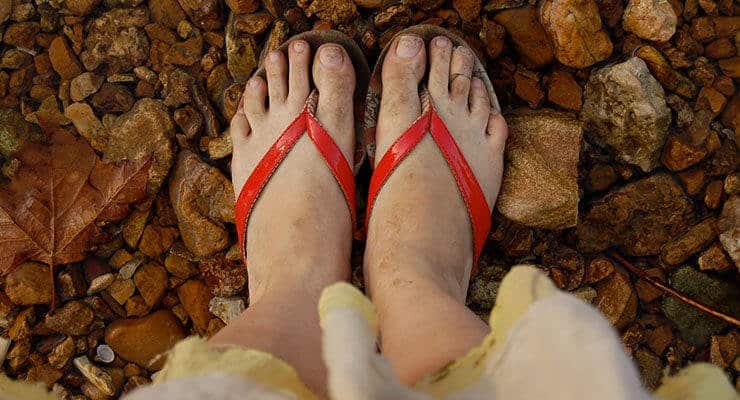
Need More Info?
- Have a question about the guide or want to see what other people are saying/asking? View the Youtube comments for this video. Leave a comment and I will do my best to respond.
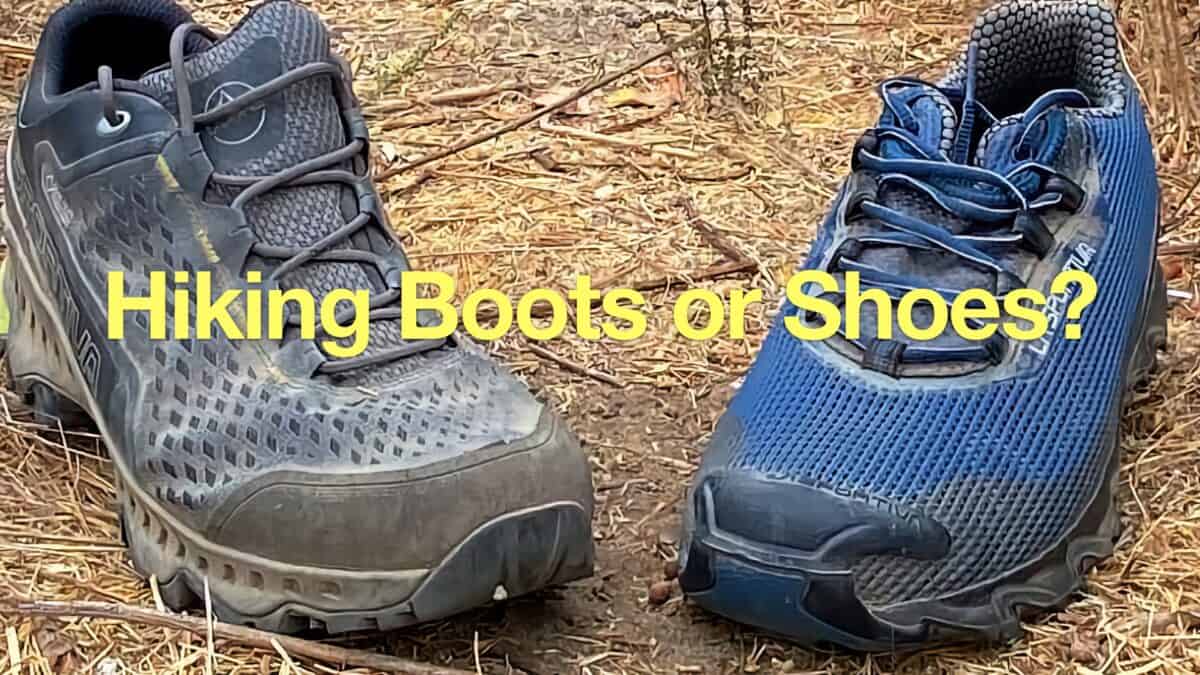 Hiking Boots or Shoes: Do I Really Need Hiking Boots?
Hiking Boots or Shoes: Do I Really Need Hiking Boots?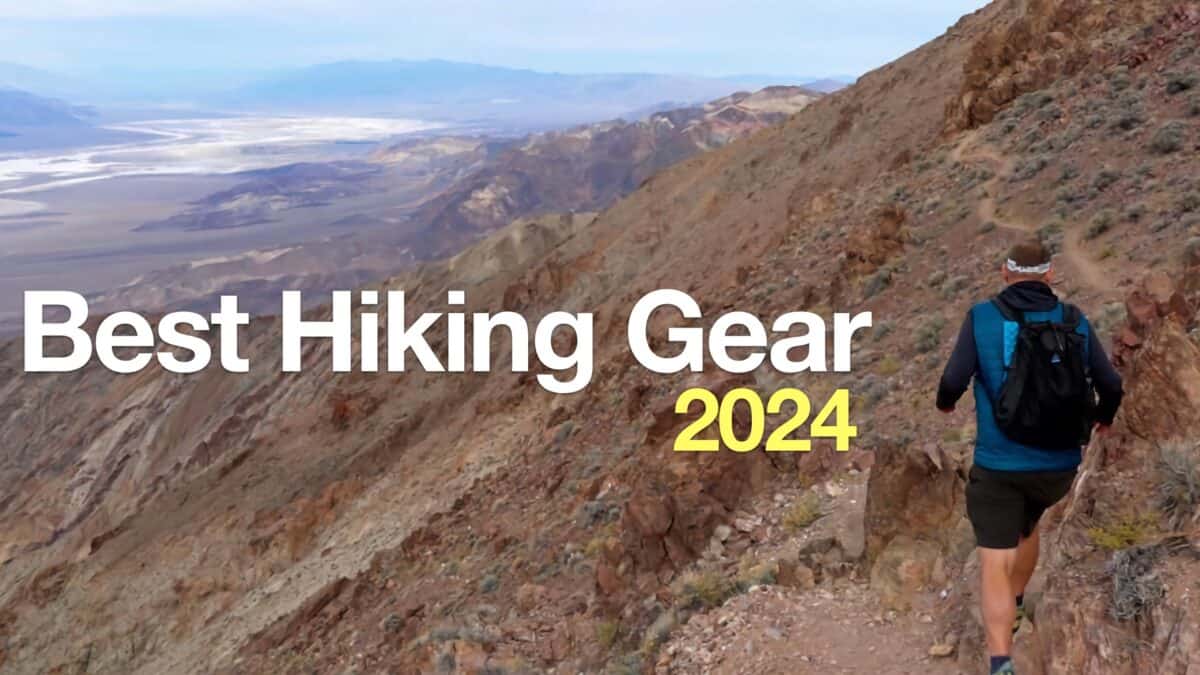 Best Hiking Gear 2024
Best Hiking Gear 2024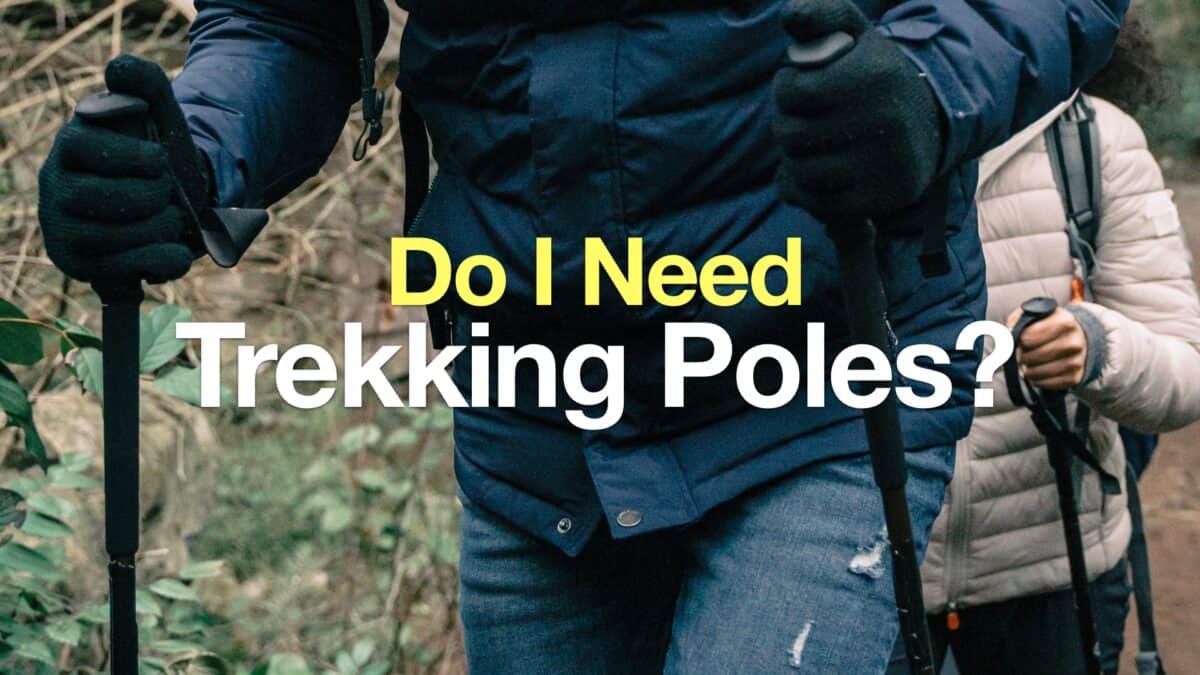 Do I Need Trekking Poles?
Do I Need Trekking Poles? Hiking With Plantar Fasciitis: A Cure
Hiking With Plantar Fasciitis: A Cure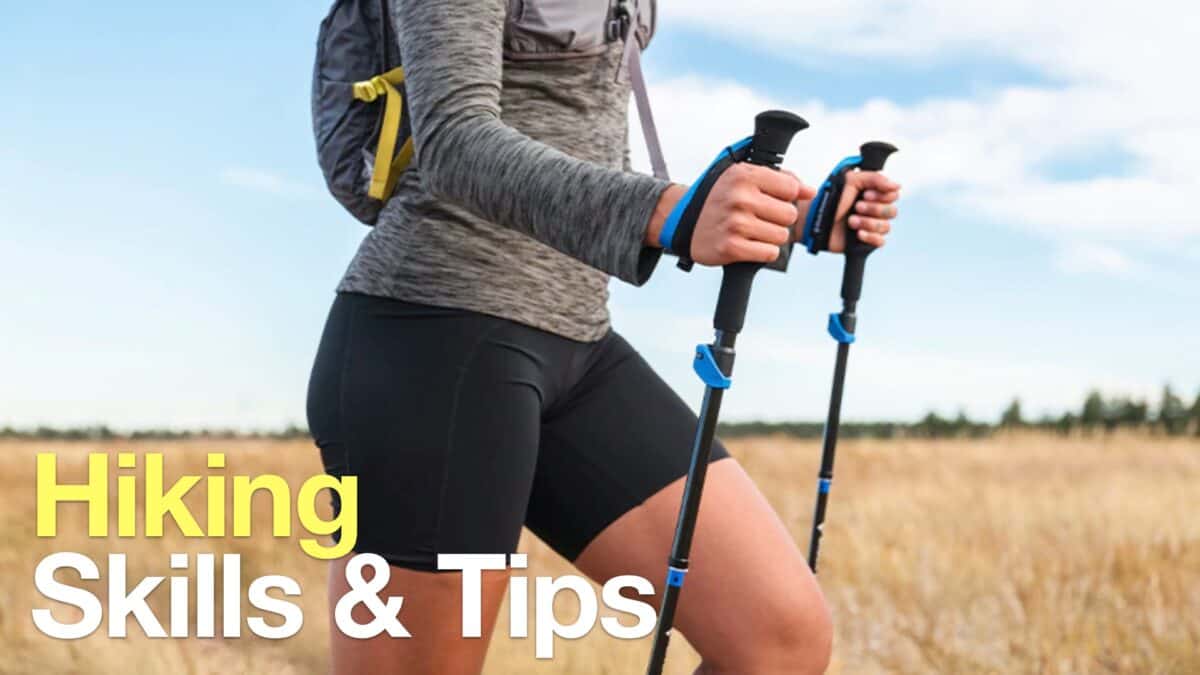 How to Hike
How to Hike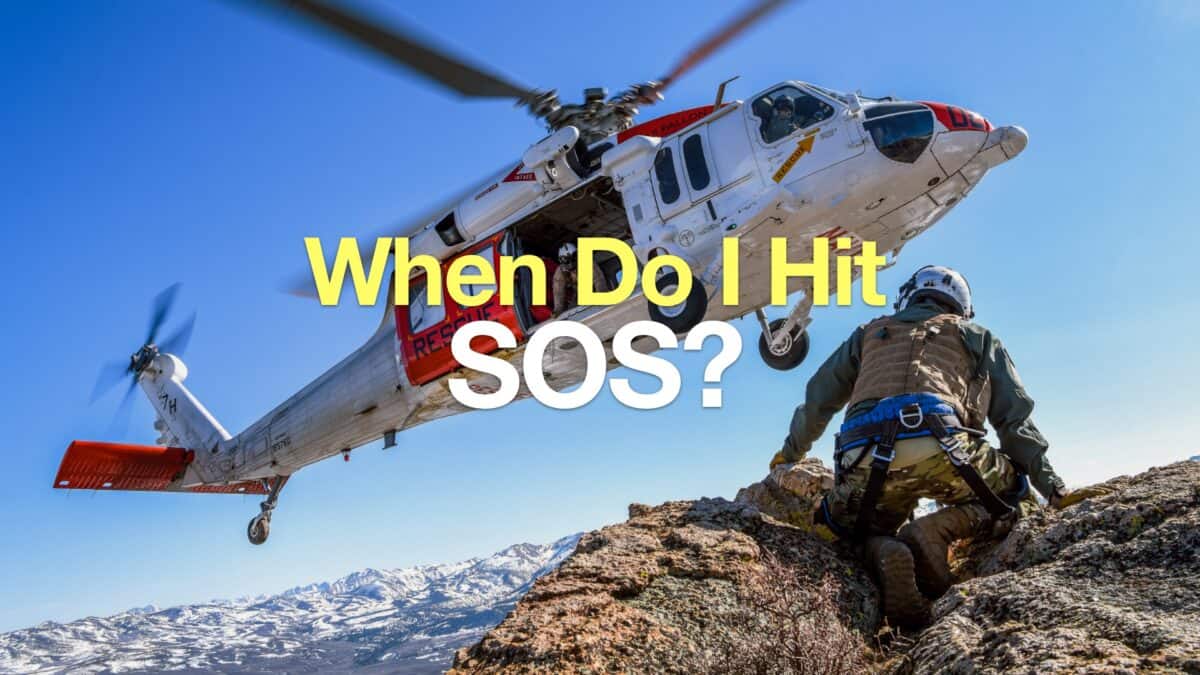 When to Hit SOS on inReach
When to Hit SOS on inReach